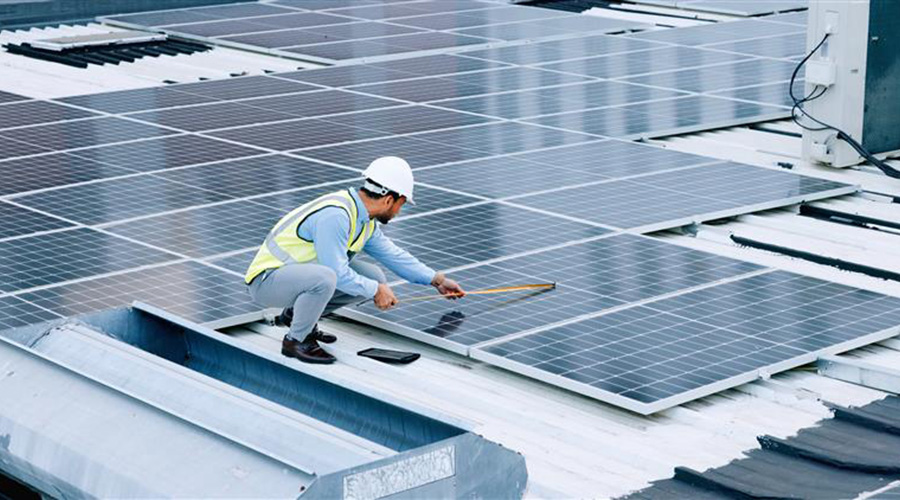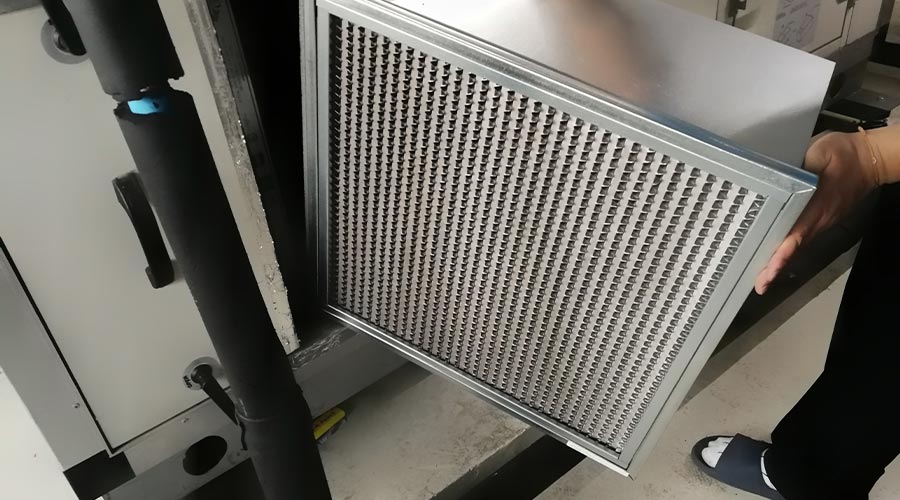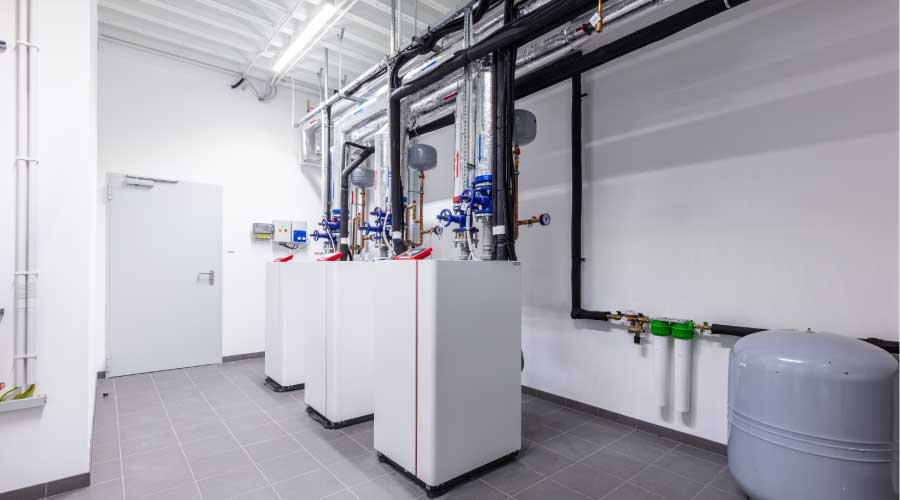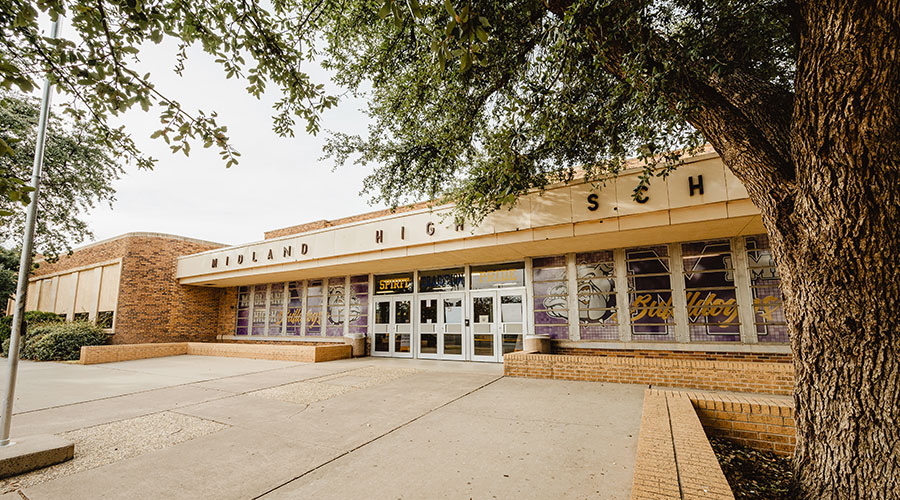Common Problems in Airside Economizer Design and Construction
Some airside economizer systems are essentially doomed from the start, whether from sub-optimal design or improper construction. This is especially common for buildings that were not initially commissioned during construction. Common issues and their related fixes include:
- Improper sensor type. In theory, enthalpy-based control of airside economizers is more energy efficient than temperature-based since enthalpy controls account for humidity. In practice, enthalpy sensors are especially prone to drift out of calibration — assuming they were ever calibrated properly to begin with — which can result in energy waste. Recent studies have shown that it may be more cost-effective to use temperature-based control when operation costs, maintenance costs and sensor error are considered along with energy benefits. If your system uses enthalpy sensors, evaluate the energy benefits against the added operation and maintenance costs of maintaining the calibration of these sensors.
- Oversized return air dampers. For proper control, return air dampers need adequate air velocity across them. This is especially true for systems that use return fans instead of relief fans. Measure the air velocity across the return air damper during minimum outside air mode, when the return air dampers are 100 percent open. If it's much less than 1,500 fpm (a rule of thumb), consider blanking off some of the return air dampers to increase performance.
- Inadequate building pressure relief. During economizer operation, adequate pressure relief must be available to avoid building over-pressurization issues such as doors standing open and reduced supply airflow. Measure the difference between the indoor and outdoor pressure during economizer operation. If the difference is much greater than a tenth of an inch, investigate the relief air system to see if it has an adequate airflow path and that it's controlling properly.
- Poor sensor placement. Temperature and enthalpy sensor placement is crucial for proper economizer operation. Verify that the outside air sensor is in a good, representative location (i.e., never in direct sun, not too close to air outlets), and make sure the mixed air sensors are located correctly as well (e.g., in a place with good mixing). Averaging sensors are the best choice for mixed air temperature.
|
A recent PECI study showed that optimizing the performance of airside economizer systems is one of the most common and most cost-effective measures implemented as part of an existing building commissioning process, usually with a simple payback of less than one year. For more information, go to www.peci.org/documents/annex_report.pdf.
PECI is a nonprofit organization that develops energy efficiency programs and information for utilities and government bodies. The PECI website has a Commissioning Resource Center and PECI hosts the annual National Conference on Building Commissioning.
|
Related Topics:














